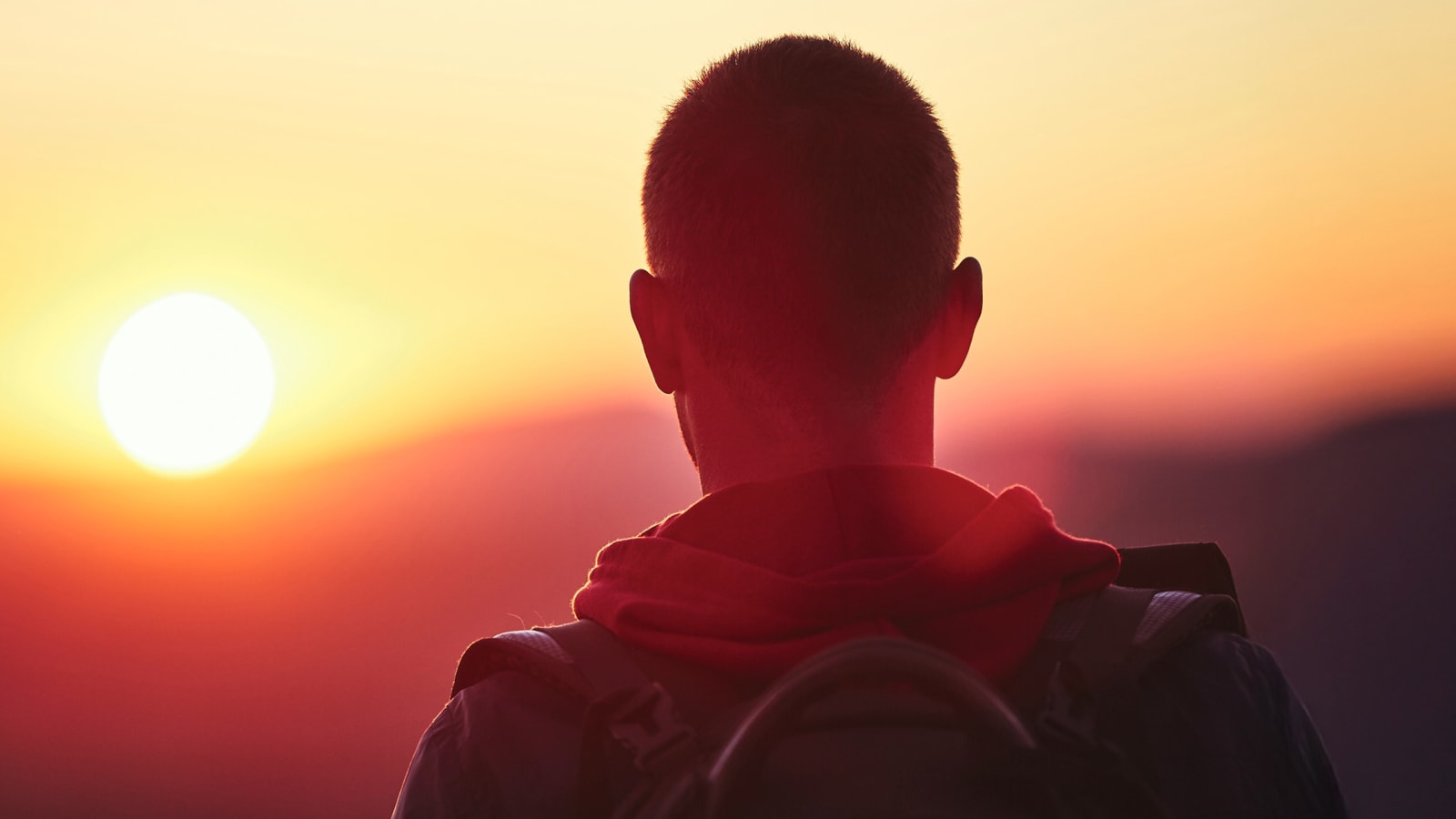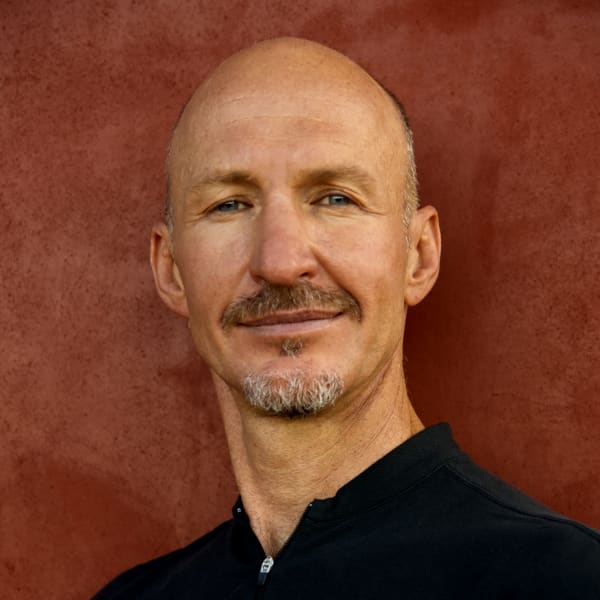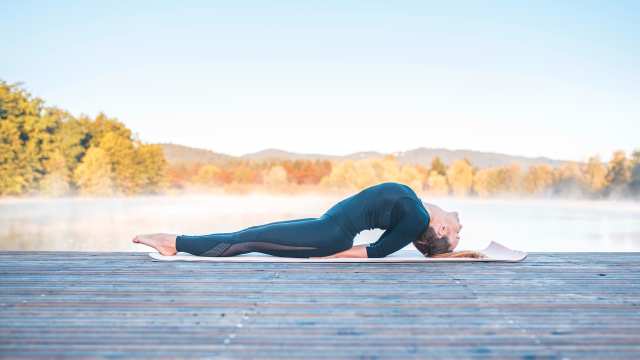Why I Chose Open Awareness

President of the board of Tara Mandala Buddhist Retreat Center and an adjunct faculty in the Contemplative Psychotherapy and Buddhist Psychology Program at Naropa University, Pieter Oosthuizen has spent many years thinking about life’s big questions.
Originally from South Africa, he has taught meditation practices and retreats worldwide since 2006. Here, he talks about getting started with meditation, the power of exercise, and taking your practice off the cushion and into daily life.
Q: How did you first discover meditation?
A: I’ve always been interested in the unanswered existential questions of how we got here and where we go when we die. It seems the most interesting part is that we don’t know. I grew up Christian, but in my late teens, I started reading Western esotericism, Taoism, Buddhism, and pretty much any -ism I could get my hands on at the time.
Regarding meditation, I have a vivid memory of practicing meditation with a girlfriend in my backyard in Melville, Johannesburg, with the slanting African sun warming our backs.
Q: How did you find your meditation style, and why does it work so well for you?
A: Through the exceedingly skillful means of Vajrayana Buddhism. Open awareness meditation: resting in the intrinsic nature of our minds. No grasping, no avoidance — simply abiding in the clear light of awareness itself.
Q: What’s your top tip for a beginning meditator?
A: First, cultivate attention and focus, then relax into open awareness.
Q: Other than meditation, what daily tools do you use to feel your best?
A: If you can: exercise! For me here in Colorado, it means snowboarding in the winter and mountain biking in the summer — which allows me to get out in nature. I also practice hatha yoga and martial arts.
Q: What does your daily meditation practice look like?
A: In addition to a daily meditation practice, one has to integrate one’s practice into daily life. I do this through cultivating a practice-inspired view of reality that results in less knee-jerk reactivity to everyday situations while remaining engaged and responsive.
As you learn to build your practice, try this free course, A Modern Guide to Mindfulness by meditation teacher Curtis Smith, to learn how to apply the habits of mindfulness to your daily life.
Header photo: Chalabala/iStock/Getty Images Plus




